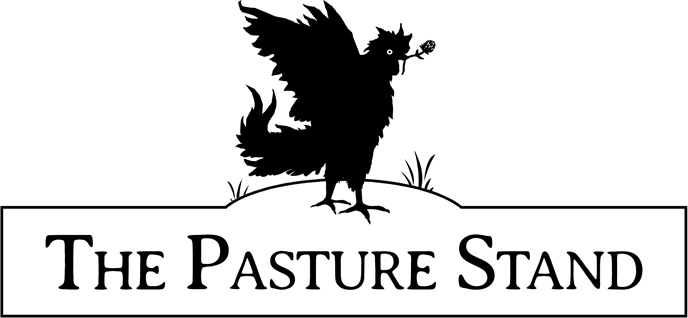Tips for Cooking the Best Pastured Poultry
I want to point out some helpful pastured poultry cooking tips we've learned along the way. It turns out there are some important differences in the way pastured birds are raised and sold that require slightly different food preparation and cooking methods (as compared to industrially raised poultry).
We've broken these down into two simple tips (with a couple additional quick tips listed at the end). If you have a chance, follow these steps and you'll find that your roast poultry will be juicier and more tender. Here are the two most important things we’ve learned:
Let the bird sit in the fridge for 3-4 days
“As a little trick, you’ll know when a bird is ready to cook after thawing because the leg joints will easily wiggle as opposed to feeling stiff.”
All meat needs a cold resting period after processing to allow the muscle fibers to relax. Poultry is no different. If you were to try cooking the poultry before the meat relaxes, you’ll find it to be tough and chewy, especially the dark meat. Our poultry is processed on-farm and immediately frozen so we can deliver it fresh. Because of this, it has not yet rested. Whereas industrial poultry often has thousand of miles and several days of travel time behind it before it ever gets to the grocery store shelf.
When you take one of our pasture-raised birds out of the freezer give it 3-4 days in the fridge before cooking. As a little trick, you’ll know when a bird is ready to cook after thawing because the leg joints will easily wiggle as opposed to feeling stiff.
Cook until the thigh reaches a temp of 170°F
Pastured birds run around all day (as opposed to industrial poultry farms where the square footage per bird is so small that they can barely move). Because of this, pastured poultry’s muscle tissue is more developed, particularly in the legs. We’ve found that cooking the poultry until the thigh reaches an internal temperature of 170°F results in fully cooked, more tender dark meat without drying out the faster cooking white meat in the breast.
So, as the second trick, don’t initially worry about checking the temperature of the breast meat when cooking a whole bird. Instead focus on the thighs and when those hit temp, then make sure the breast has reached temperature. If both sections are at safe levels (greater than 165°F), it’s time to take the bird out of the oven.
Other Quick Tips
Dry brine the bird in the fridge for 3-8 hours. Simply dry the whole bird with paper towel and sprinkle the outside skin, bottom included, with about 2 Tbsp salt for chicken and a 1/4 cup salt for turkeys. Non-iodized salt is highly preferred. This makes the end product much juicier.
Cover the finished bird with foil and let it rest for 30 minutes after it comes out of the oven. Note, a turkey can easily sit for over an hour. This step is crucial in preventing the juices from running, thereby drying the meat out.
Watch this short video on how to carve a bird:
https://youtu.be/DcIS0onSv7U?t=278
As always if you have any questions or concerns please don't hesitate to reach out. We're more than happy to help!
-Kevin Smith, The Pasture Stand
Copyright 2019, All rights reserved

